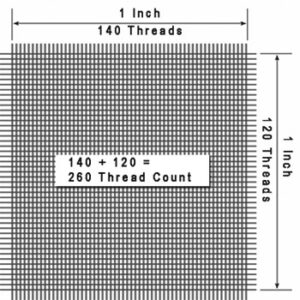
Climate change is real and our globe is warming at an alarming rate. In the decades to come, scientists say, the sweet spot for wine grape farming may shift dramatically to the north (south, if you’re in the nether hemisphere). We’ve seen maps that locate the new U.S. center of wine gravity in latitudes that would make Montana and Minnesota our new Napa and Sonoma. Oh. brave new world that has such Chardonnay in’t. (Sorry, Shakespeare, old darling.)
But could Americans adjust their tastes to appreciate wine made in the slanting rays of a pale northern sun? The truth is that, warming or no warming, ripeness and alcohol levels in fine wines have been rising for decades now. The data we’ve seen strongly suggest that this is less a result of climate change than in deliberate decisions made by winemakers trying valiantly to give the public what they think it wants: bigger, richer, fatter, fruitier, more powerful wines. But this shamelessly begs the question. Why would wine drinkers have a preference for wines whose alcohol levels (and general scale) seem determined to push wine’s historic proportions to the breaking point? We have a notion.
Justification for ever higher prices has to be pegged to something, and elegance, finesse, a sweet temperament and imperturbable poise are very much harder things to quantify and valorize than density, weight, and sheer richness of material — all of which can come only from super-ripe grapes harvested at high sugar levels. And so, these elements become markers for quality (and bragging rights) in the same way that horsepower formerly served as the benchmark for quality in automobiles. Megapixels once did the same for digital cameras and thread count still serves (unreliably) as indicator of quality in bed linen. No one wishes to be perceived as lacking at least the means of discernment.
What these markers have in common is that each is really just a shortcut for judging what is thought of as quality — a quick fix for our (often excusable) inexperience; a stand-in for the analytical chops we don’t yet possess, but wish to be seen to have. Textile mavens will tell you that it’s always been a matter of the quality of the cotton in the sheet that matters. But so long as most of us remain unsure of how to judge that, we’ll continue to put our faith in the thread tally.
Quality wine can be thick or thin, fat or lean or anywhere in-between. The challenge is to know it when you taste it. Shortcuts be damned.
-Stephen Meuse
Taste, talk, and learn about wine this week in the FKC wine corner . . .
THURSDAY, JUNE 13 3-6 PM – THE MEANS OF DISCERNMENT
2017 Marina Danieli, Colli Orientale Friuli Pinot Grigio, Ramato $19.95
2018 Tiberio, Cerasuolo d’Abruzzo, $18.95
2015 Casa de Saima, Bairrada Colheita Tinto, $13.95
FRIDAY, JUNE 14 3-6 PM – OLD DARLINGS
NV Domaine Lelièvre, Sparkling Rosé “Leucquois,” $18.95
2017 Guillot-Broux, Macon Blanc, $24.95
2015 Domaine Côtes Gallines, Bandol Rouge, $28.95